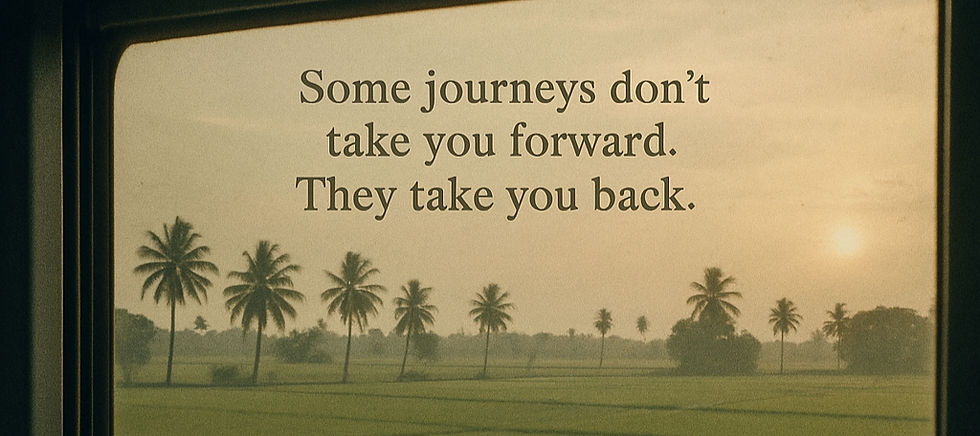Cold Shower it is- but Why?
- Santhosh Sivaraj

- Oct 28, 2023
- 3 min read

It was during a leisurely scroll on YouTube that I chanced upon a video by Sonam Wangchuk, the real-life inspiration behind the iconic Phunsukh Wangdu of "3 Idiots" fame. The simplicity of his message struck a chord, leading me to make a conscious decision: to swap my comforting hot showers for brisk, cold ones. The initial days, especially in winter, felt no less than a personal challenge. But as time went on, I adapted. Now, those sporadic hot showers feel more like a luxurious splurge than a daily necessity.
Sonam Wangchuk's video was enlightening. Starting January 2020, he pledged to embrace cold showers, aiming to tackle the hardest part of his day right at the beginning. For someone living amidst the towering peaks of the Himalayas, this is no easy commitment. But Wangchuk's motivation went beyond mere mental fortitude. He highlighted an alarming fact: the energy required for one hot shower equals the 2-3 days' energy needs of a rural household. For me, that was a splash of cold water on my conscience.

Science Behind Cold Showers: More Than Just a Chill
But what truly happens when cold water cascades over us? On contact, our body experiences an initial shock, leading to a sudden increase in heart rate and a rush of blood throughout the body. This response stimulates circulation, ensuring that oxygen-rich blood reaches all our vital organs.
Additionally, cold water has been linked to the activation of brown fat, a type of fat that generates heat to keep us warm. When activated by cold temperatures, brown fat burns calories, leading to weight loss. In contrast, hot showers do not stimulate the same calorie-burning response.

Global Cold Shower Champions: From Athletes to Arctic Dwellers
Across the globe, cold water immersion isn't just a matter of choice; it's a way of life. In regions of Scandinavia and Russia, plunging into icy lakes during winter is a centuries-old tradition believed to boost health and vitality. These frigid dips, often followed by sauna sessions, are thought to enhance blood circulation and fortify the immune system.

Moreover, athletes worldwide swear by ice baths or cold showers post-training. These icy immersions help reduce muscle inflammation and soreness, aiding in quicker recovery. The logic? Cold water constricts blood vessels, flushing out lactic acid and toxins. Upon exiting the cold, the subsequent dilation of vessels accelerates the inflow of nutrients, repairing and nourishing the muscles.

The True Cost of Hot Showers
Delving into the numbers, a standard hot shower can use up to 15-25 litres of water per minute. The energy required to heat this water is significant, and often sourced from non-renewable resources. Furthermore, there's a psychological component at play. The comfort of hot water often leads individuals to shower longer, inadvertently wasting both water and energy. In contrast, cold showers tend to be quicker, thereby conserving water.
Statistics show that an average household could save up to 350 kWh of electricity per year by transitioning to cold showers. That's equivalent to the energy consumed by a typical refrigerator over eight months!

Embracing the Cold: A Challenge Worth Taking
Dear readers, as we stand on the cusp of a world grappling with dwindling resources and escalating ecological concerns, perhaps it's time we took a leaf out of Wangchuk's book.
If completely giving up hot showers seems daunting, why not aim for a reduction? Even if you swap out three hot showers a week for cold ones, the benefits – both personal and environmental – are significant. Imagine the collective impact if we all took this step!
So the next time you step under that cold spray, remind yourself of the dual good you're doing. For the planet, by conserving energy and water. For yourself, by embracing a health-boosting habit. Let the chill be a reminder of the positive change you're bringing, one drop at a time. Here's to a colder, yet warmer world for all of us. Cheers!





Comments